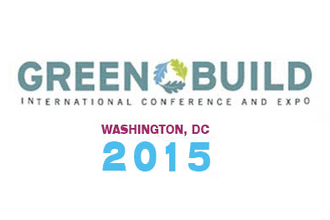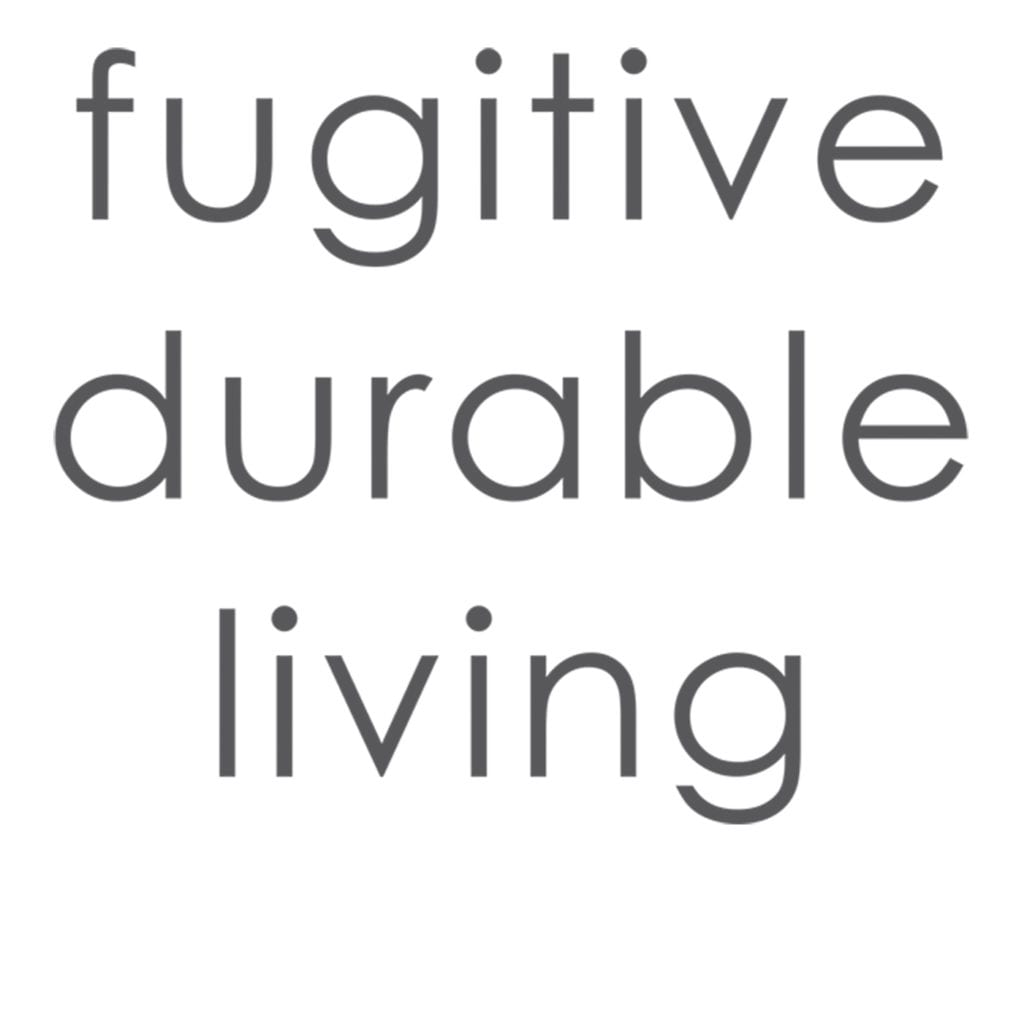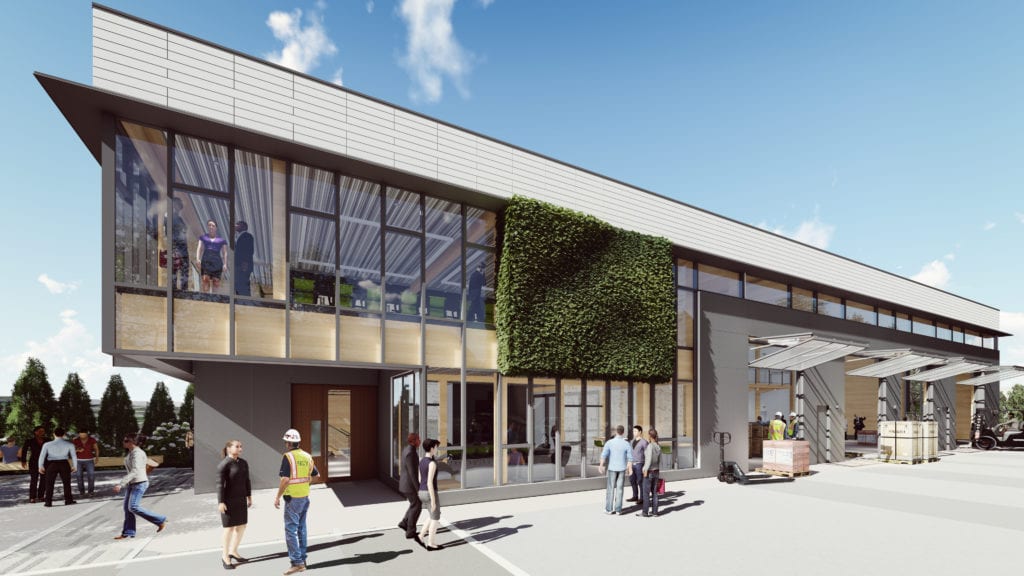This week at SXSW Eco in Austin, which began Monday, October 10, William McDonough delivered a Keynote address in which for the first time he presented a new concept called the Carbon Positive City.
The Carbon Positive City aims to use carbon dioxide from the atmosphere to harness biological processes, build soil carbon, and work towards climate change reversal. By rapidly reducing the use of greenhouse gas producing fossil fuels and increasing the use of clean renewable energy, we reduce the liability of carbon dioxide and other greenhouse gases in the atmosphere and oceans.
The design concept incorporates broad-ranged regenerative agricultural practices and makes use of every surface of the built environment, from rooftops and walls to gardens and swales, to cultivate plants and increase photosynthetic productivity within our urban landscapes, adjacent lands and remote territories that will benefit from restorative land management practices. Carbon is viewed as an asset, used to build healthy soils in the bio-sphere and mineralized as valuable commercial products for industry in the techno-sphere.
The world’s current carbon strategy aims to be less bad, promoting a goal of zero. Predominant language currently includes negative words such as cut, reduce, minimize, and eliminate. To show progress, the design world needs a positive values-based language that reflects a safe, healthy and just world. In this new paradigm, by building urban food systems and cultivating closed-loop flows of carbon nutrients, carbon is recognized as an asset rather than a liability, and the universal carbon cycle can become a model for human designs.
 To follow the journey of William’s Keynote at SXSW Eco, follow Emily Jane Steinberg’s storymap of his presentation.
To follow the journey of William’s Keynote at SXSW Eco, follow Emily Jane Steinberg’s storymap of his presentation.

Stay tuned in November at COP22 for a more in-depth look into the Carbon Positive City and McDonough’s new language for carbon.
William was joined on stage following his presentation for a Q&A with Dr. Etosha Cave, Chief Science Officer and Co-Founder of Opus 12, and Jo Confino, Executive Editor of The Huffington Post Impact and Innovation section.

Also shared with participants was insight into the concept of solar orchards, which aim to optimize the land used for solar farms to regenerate the land. By raising the panels 6 feet, it makes it possible for cattle to graze beneath. They benefit from the shade, and the grass comes back naturally. This idea opens opportunities for innovative agriculture techniques that benefit from the heat from solar energy generation.

On Tuesday morning, William met with 17 participants predominantly from high-level municipal government positions from 16 different countries in the Our Cities, Our Climate Learning Exchange to speak with them about Cradle to Cradle® design and how to implement it in their climate action strategy. The program was hosted by Bloomberg Philanthropies and the U.S. State Department.

Wednesday morning of the conference began with a panel discussion called “The New Radicals, Companies Embracing Transparency.” Panelists in addition to William included Josh Mogerman, NRDC National Media Director, Rhiannon Jacobsen, USGBC VP of Strategic Relationships, and Michael Laas. The panelists discussed what makes transparency radical, how different organizations are practicing transparency in their own unique ways, and how they hope this will elevate their brand so that they may reach a wider audience while developing a more informed public.





